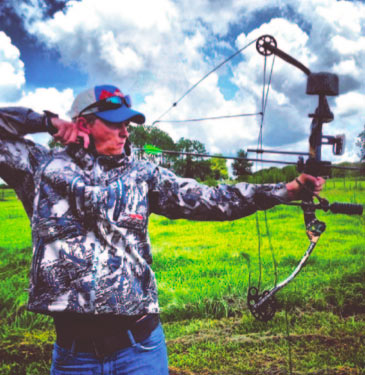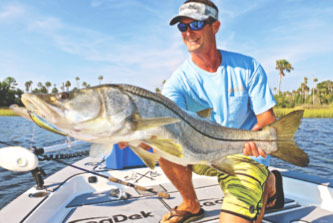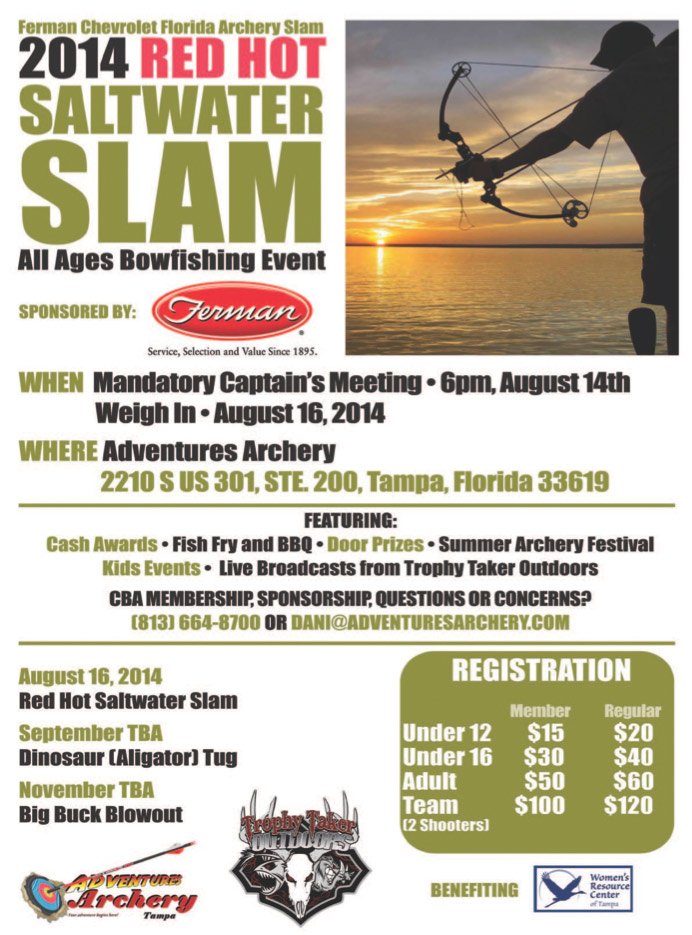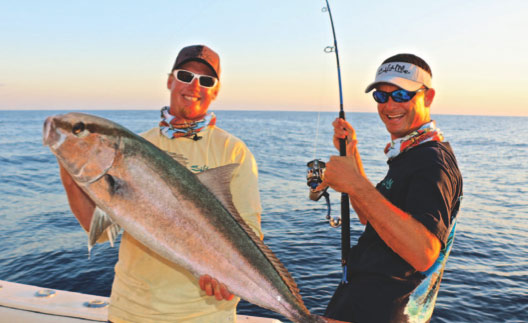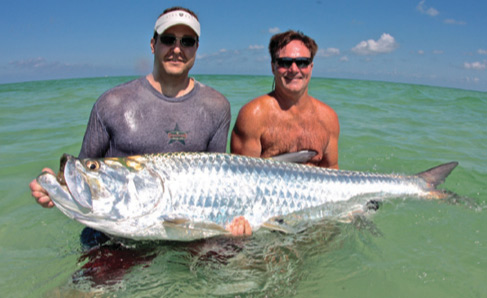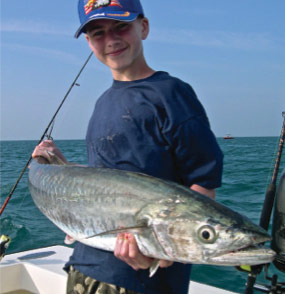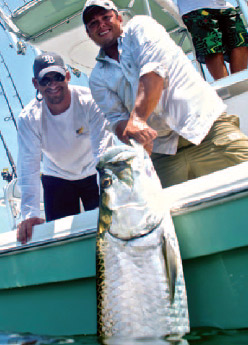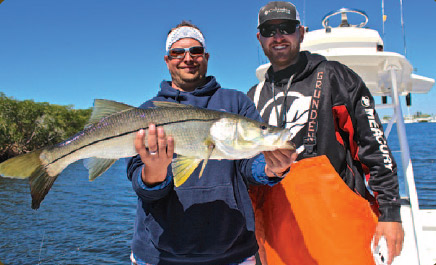The saddle leather creaked underneath me as my large, gelded Tennessee Walker stood perched rather precariously on the tiny mountain trail. The loose rock that we were walking on was no wider than half a horse width and the mountain dropped several hundred vertical feet directly below us. I had stopped the small caravan of hunters to glass the glen below us. Elk often used this, the southernmost col of our limits, to pass between feeding areas when the temperature dropped. I wanted to make sure we weren’t spooking any animals prematurely, as this was only our pack in to base camp, still six miles away, at the base of the next mountain.
I peered through my Swarovski binoculars, looking for any telltale sign of life, but only finding several crows and a magpie. A light snow began to fall, making a pitter patter sound on my rain hood and prompting my horse to shift its weight in protest. The saddle leather creaked again under my weight and I decided it best to move on to base camp and continue glassing the next day under better conditions. The binoculars fell silently by my chest and as I shifted my weight forward in the saddle, the gelding moved on, navigating the tightrope walkway circumnavigating the mountain.
We reached camp with plenty of daylight left, though the Big Sky had other plans and grey clouds moved in, along with more snow. “Perfect weather for the animals,” I said to my client, and his family. His wife and two sons were along for the experience, but Danny, my main client, wanted to put his tag around a big elk. The heat had kept the family at bay for the last two weeks, until finally the weather turned and I made the call. They flew up from Denver where his law firm is based and I met them in Bozeman. “I’m really excited, just glassing the glen on the way in was getting my heart pumping,” Danny said. I like Danny; he is the right sort that you want to be in the woods with. He respects the bush for both its beauty and the dangers. I first hunted with him in my home state of Florida. We were after Osceola Turkey then and he showed me that he was a man worth investing some time in. After the Florida hunt, we talked on a regular basis and I finally invited him out here on family land to harvest a bull. He was ecstatic.
I dismounted the walker and opened their pole tent for them and got a fire going in the wood-burning stove. I checked all of the cots for rattlesnakes and ushered them in. The boys were in high school and had never hunted Montana before; in fact I’m not even sure they had ever hunted elk before. Danny’s lease in Kansas kept he and his sons busy when they had time off. The boys helped their mother unpack the mules and they all got situated in the tent. I brushed the animals down and lashed them to the run I had strung up between two thick pines. The horses walked to one side, the mules to the other and they rested in the crisp mountain air. After I got the camp fire going,
I heated a griddle and threw on some venison steaks from a few weeks ago and cooked up some potatoes and onions to go with it. The cooler was full of cold beer and we all relaxed around the fire for a long while, talking of past hunts and expectations for tomorrow. “The herd was in that glen we glassed on the way in, three weeks ago, since then they probably moved up the mountain a ways, but with this cold snap they should be moving back down. No matter where they are on the property, they have to move through that col when it gets cold. I’m thinking that depending on the snowfall tonight, we should head back there in the morning and post up and glass the ridges and glens. We’ll find them.”
I could see the excitement in Danny’s eyes and his kids were excited for him too. It’s always a pleasure hunting with someone who appreciates the art and effort that goes into a hunt. Too many people take the logistics and prep work for granted and expect a massive 6×6 every time.
The afternoon passed without much excitement and when it came time to fall asleep the distant bugles began and they were loud and long. Big bulls were telling each other who was boss and it continued for almost twenty minutes. Even I was excited for what the morning had in store for us. To be continued.
Captain Johnny Touchton makes his living from the deck of his skiff, and in the woods around in Tampa. If you would like to experience an adventure with him, he can be reached through his website at: LPineOutdoors.com.

